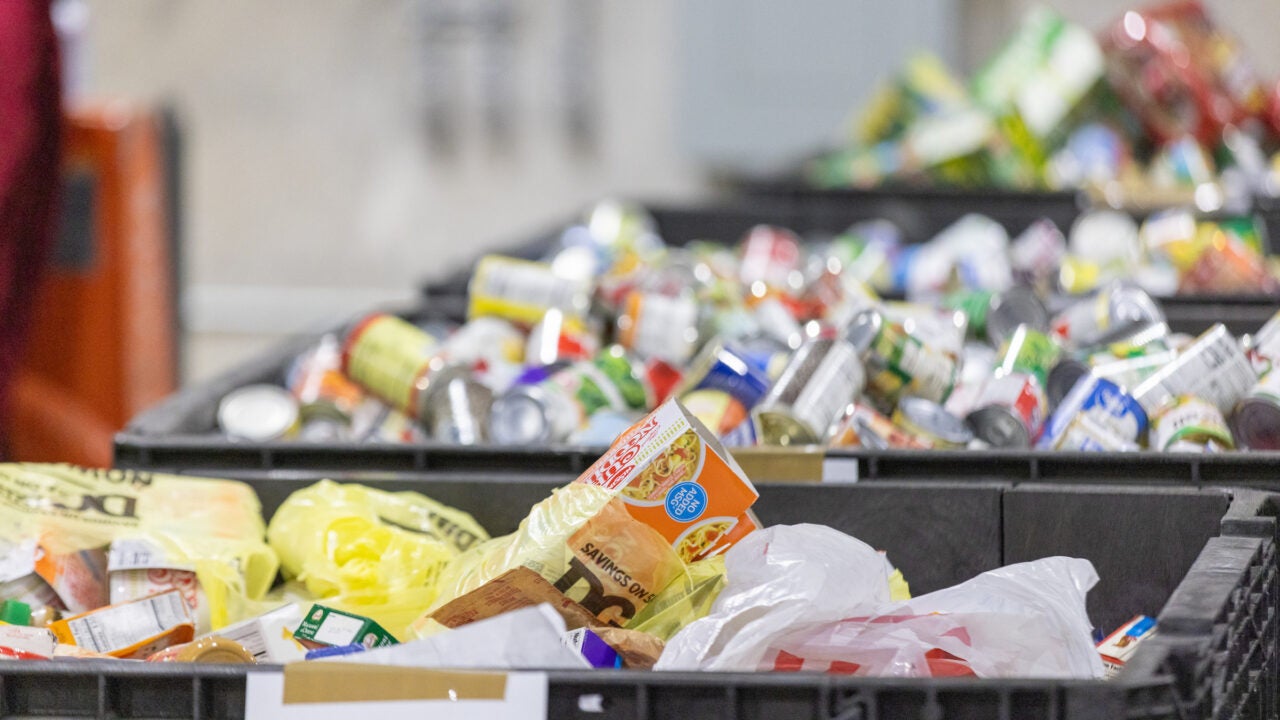Nearly one in 10 people worldwide suffer from food insecurity, or inconsistent access to enough nutritious food.
Food banks are critical to addressing this fundamental human need since they serve as intermediaries between donors like food drives, farms and grocers, and charitable agencies such as food pantries and soup kitchens. But with that responsibility comes multiple challenges, like how to best distribute the food so that distribution is equitable (everyone gets their fair share) and effective (minimizing waste). To make it more challenging, perishable food arrives with a ticking clock for distributors: The longer it takes to get the food to the charitable agency, the more the quality degrades.
In “Equitable Distribution of Perishable Items in a Food Bank Supply Chain,” published in April 2023 in Production and Operations Management, Dr. Irem Sengul Orgut, assistant professor of operations management and assistant director at the Institute of Data and Analytics at Culverhouse College of Business, and Dr. Emmett J. Lodree, director of strategic graduate partnerships at UA’s Graduate School, consider ways to optimize food bank supply chains to achieve equity and minimize waste.
But it’s tricky. For instance, if every county gets the right amount of food, but due to inefficiency, one county’s food is largely spoiled, is this actually equitable?
The result, a product of two National Science Foundation grants, was a model that allows food banks to significantly improve the quality and quantity of food distributed, and also minimize waste. The researchers showed that by deviating slightly from perfect equity, where each county receives food in proportion to the food-insecure population served, food banks could gain greater flexibility to balance the tradeoff between equity and effectiveness.
Rethinking the supply chain can lead to more and better food for more hungry people and aid in combating food insecurity across the U.S. and ultimately, the world.
“Food bank supply chain operations are complicated by the variability of incoming donations and the goal to achieve equitable distribution of outgoing shipments,” the authors said. “The resulting logistical processes become even more complex when it comes to perishables, which are the issues we attempt to address in this paper.”
“We are pleased to learn that significant gains in the quantity and quality of food distributed can be achieved with only modest deviations from perfectly equitable distributions, which ultimately reduces both food insecurity and food waste.”
